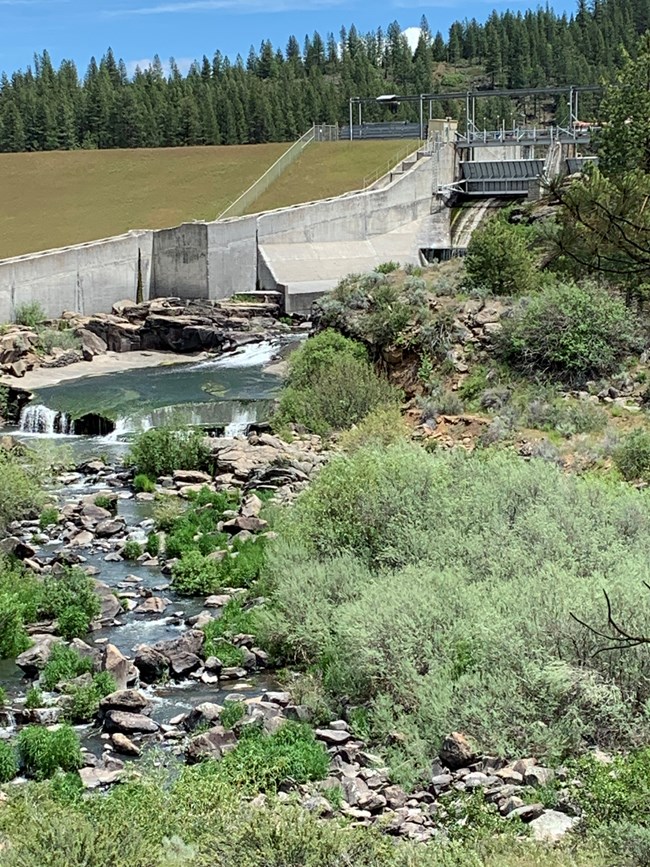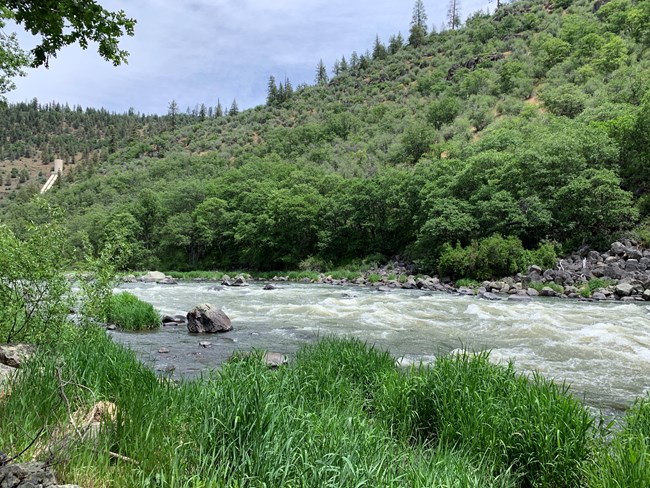Last updated: January 25, 2023
Article
The Largest Dam Removal in the U.S. gets Approved on the Klamath
Content submitted by: Susan Rosebrough-Jones, National Park Service

NPS
On November 17th, 2022, the Federal Energy Regulatory Commission approved the Surrender and removal of four dams on the Lower Klamath River. The Klamath River Renewal Corporation (KRRC) and its partners plan to remove the dams in 2024. Starting over two decades ago, several Tribal nations and Indigenous communities led the effort to gain approval to remove the dams. Tribal nations, Indigenous communities, non-profits, federal and state agencies, individuals, and contractors have been working collaboratively to remove the dams and the surrender order marks a significant milestone.
There are two wild and scenic river designations on the Klamath River:
-
An 11-mile segment in Oregon from just below the J.C. Boyle Dam powerhouse, the uppermost dam that the KRRC will remove, to the border with California, and
-
A 189-mile segment from just below Iron Gate dam, the lowest dam, to the ocean.
-
The Department of Interior, at the states' request, designated these rivers through Section 2(a)(ii) of the WSR Act.

NPS
The National Park Service, Bureau Land Management, and the US Forest Service collaborated on developing a determination finding the project is consistent with the Wild and Scenic River Act. It will provide long-term beneficial outcomes for water quality, free-flow, and anadromous fishery, the only outstandingly remarkable value in the California segment. The Klamath will be the largest dam removal in the U.S. and will restore resources significant to tribes and indigenous communities. Dam removal will open up over 400 stream miles of habitat and reduce summer water temperatures and fish diseases, thus boosting the health of the salmon and steelhead runs. Post-dam removal, the toxic algae blooms that currently prevent people from safely accessing the river and reservoirs are anticipated to be reduced. River access sites will be developed to provide designated places for people to access and enjoy the newly restored river for generations to come.
Wild and Scenic River Currents
This article was featured in the 2023 edition of Wild and Scenic River Currents, the annual newsletter for the National Park Service Wild and Scenic Rivers Program.
